Portuguese Riviera travel guide: glamour and charm in a coastal paradise
Cascais and Sintra are jewels sparkling just west of Lisbon, with beaches and forests just waiting to be explored
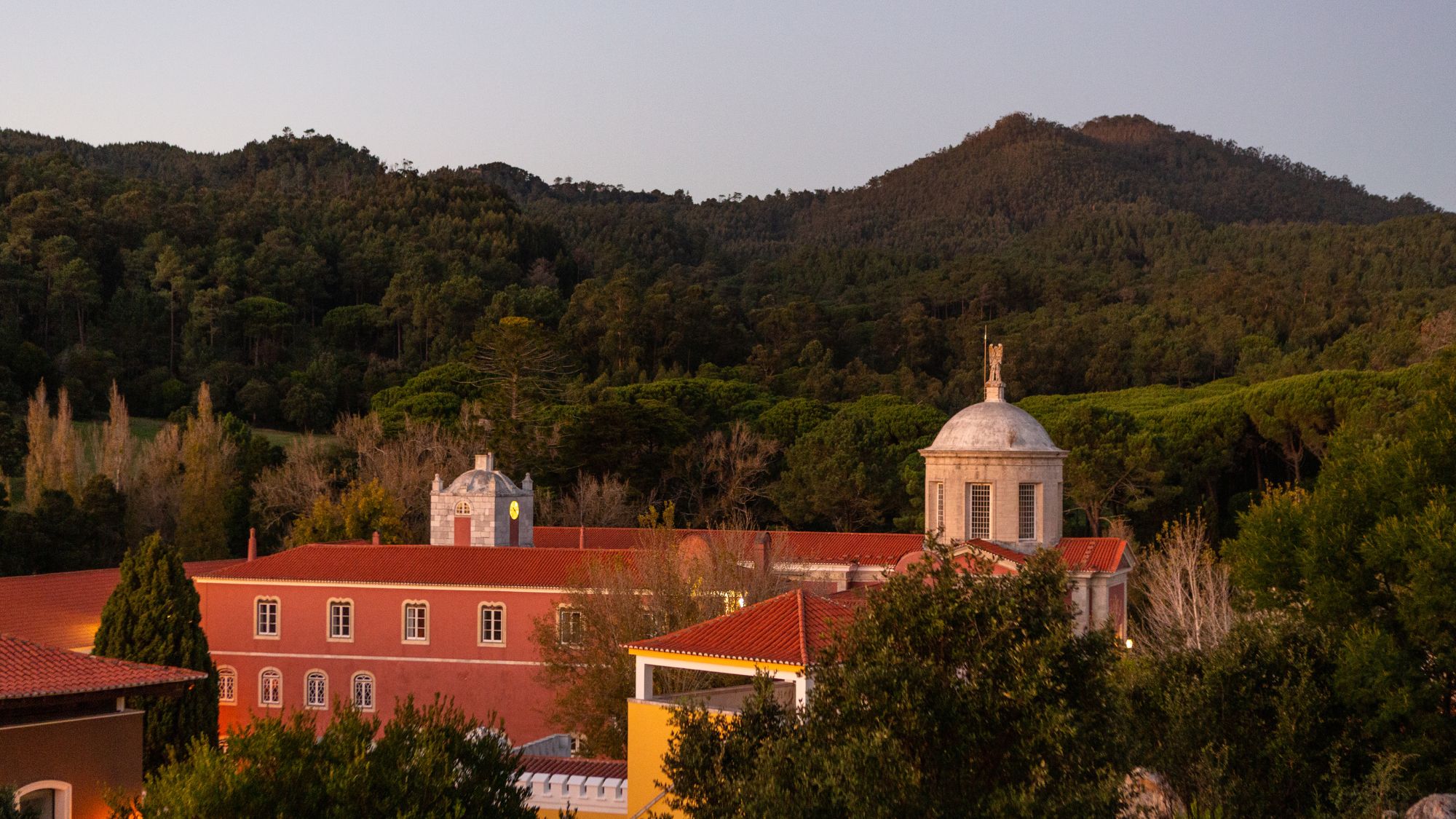
Of the coastlines in Europe awarded "Riviera" status, Portugal's may not be the first that comes to mind. That might work in its favour, although its location on Lisbon's doorstep, along with its revitalising climate and natural beauty, always made it a prime candidate for the distinction.
The international gateway to the riviera is the Lisbon Humberto Delgado airport. Cascais is a short train journey west from Cais do Sodré station in Lisbon, while Sintra is connected from Rossio station, although with less frequent services.

Why visit?
The scenic landscape of the Sintra-Cascais Natural Park, defined by its richly forested mountains and collection of extravagant and often eccentric palaces, became a World Heritage Site in 1995. From the ever-popular beaches of Cascais to the cobbled streets of Sintra, it's an enchanting backdrop, projecting beauty, biodiversity and a cooler, sometimes windier microclimate at its highest points.
The Week
Escape your echo chamber. Get the facts behind the news, plus analysis from multiple perspectives.

Sign up for The Week's Free Newsletters
From our morning news briefing to a weekly Good News Newsletter, get the best of The Week delivered directly to your inbox.
From our morning news briefing to a weekly Good News Newsletter, get the best of The Week delivered directly to your inbox.
Culture and sights
Crowning one of the riviera's highest peaks in the historic town of Sintra is the extraordinary Pena Palace. Fantastically gaudy, it wouldn't look out of place in a big-budget medieval fantasy, especially when surrounded by moody early morning clouds. It can be uncomfortably busy in peak season but like many buildings of regal imagination, it's just as impressive from the outside.
The same could easily be said of striking Quinta da Regaleira, with its elaborately carved stone façade, Juliet balconies and dramatic gothic spires, although inside the white stucco of the 15th-century National Palace of Sintra is a good museum and sumptuous original interiors. The newer, Moorish-inspired Monserrate Palace whisks you away from the hordes of downtown Sintra and into acres of its sloping, exotic gardens. Steeped in peculiar British history, it's a far more peaceful alternative to Pena and on a fine day arguably even more photogenic inside and out.
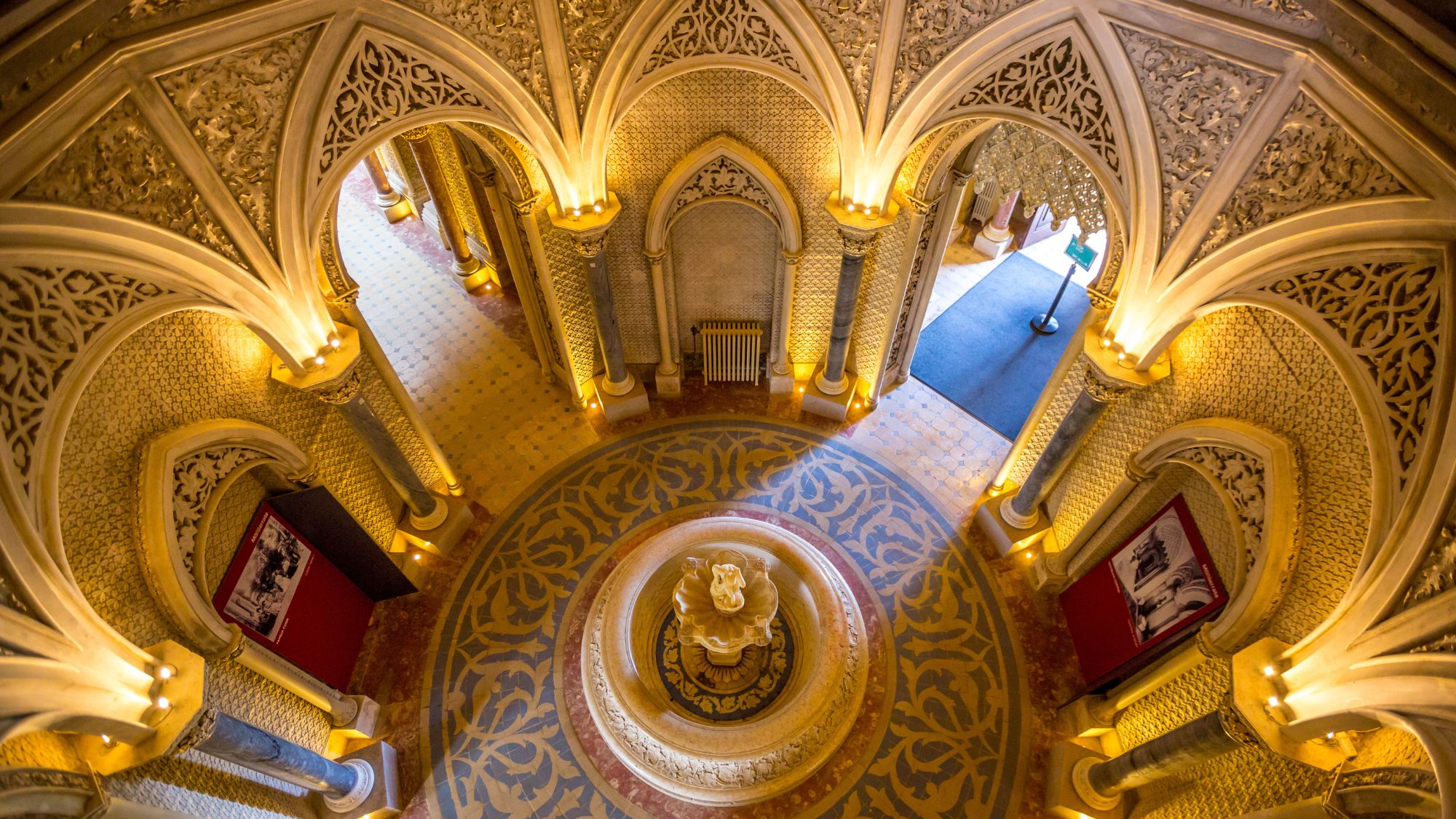
Monserrate Palace, Sintra
On the road from Sintra to Cascais, which is blessed with several spectacular trails for hiking and cycling, the soaring view from the cliffs of Cabo Da Rocha is officially the westernmost point in continental Europe. Gazing out into the Atlantic – uninterrupted all the way to Central America – in the face of the rousing ocean winds is invigorating to say the least.
In the former royal enclaves of Cascais and Estoril, old money has mostly made way for the holiday homes of a new wave of Portuguese royalty, like superstar footballer Cristiano Ronaldo.
A free daily email with the biggest news stories of the day – and the best features from TheWeek.com
But that's not to imply that its soul and personality have been eclipsed only by gauche extravagance. Just behind the main promenade are snug grids of fishermen's cottages, like you might find in a weathered and sleepy Algarve town. A little further back are sunny, pedestrianised streets lined with appealing restaurants and bars.
On foot or from a solar-powered boat around the marina, look out for the Casino Estoril. In the 1940s, Ian Fleming fraternised with a womanising spy in the nearby Hotel Palacio Estoril, giving him the source material for both the James Bond character and the setting for "Casino Royale". Locals delight in telling the full story to visitors, but it's far from its only claim to fame.
Cascais is also home to the Casa das Histórias Paula Rego, where a significant collection of works from the important Portuguese-British artist is on display. Her provocative subjects and restless artistic style are excellently represented here.
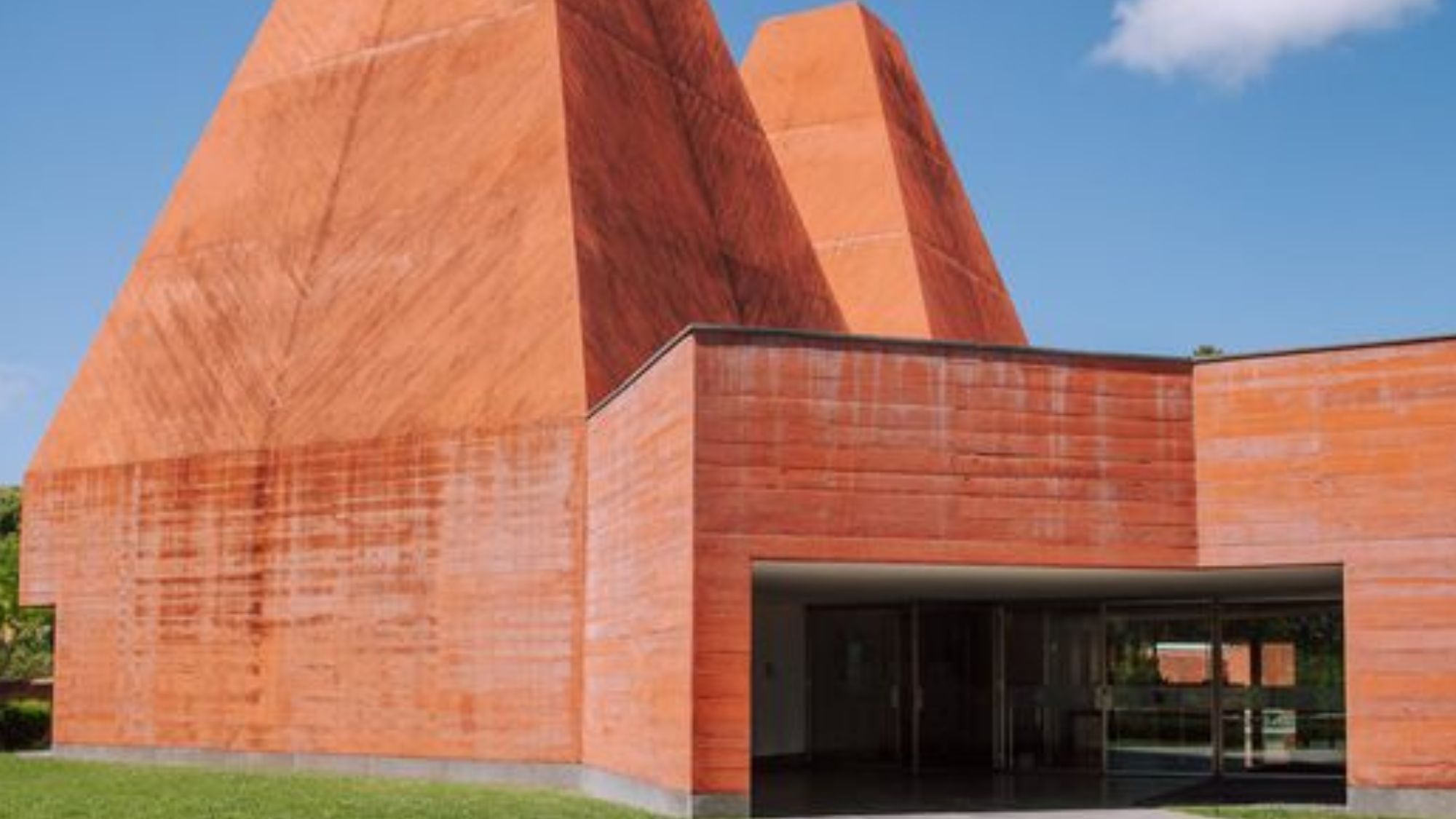
Where to stay

Penha Longa Resort
Penha Longa is a grand hotel resort immersed in the Sintra-Cascais Natural Park, and it has belonged to the Ritz-Carlton group since 2012, making the level of service and quality unfalteringly world-class at every turn.
Its 18-hole course, which unwinds over 220 hectares of cascading hills below the mountains, is a paradise for golfers. Even if you've never swung a club, the course enriches the hotel's verdant panorama and replenishing remoteness. Inside, the hotel is fine-tuned to the outside: supremely comfortable suites, complete with toiletries from Diptyque, are finished with restraint, allowing the naturally vibrant colours of the landscape and sky to filter through their generous terrace windows.
What Penha Longa lacks in a boutique's intimacy it more than makes up for with its facilities. You can get married in a beautiful 15th-century Manueline monastery and hold the reception on one of its many landscaped lawns, all of which have arresting views into the valleys. Families are extremely well looked after in peak season, while the gastronomy, excellent spa, hi-tech gym and adults-only parts of the pool area make it an equally indulgent and restorative escape for couples.
Eating and drinking
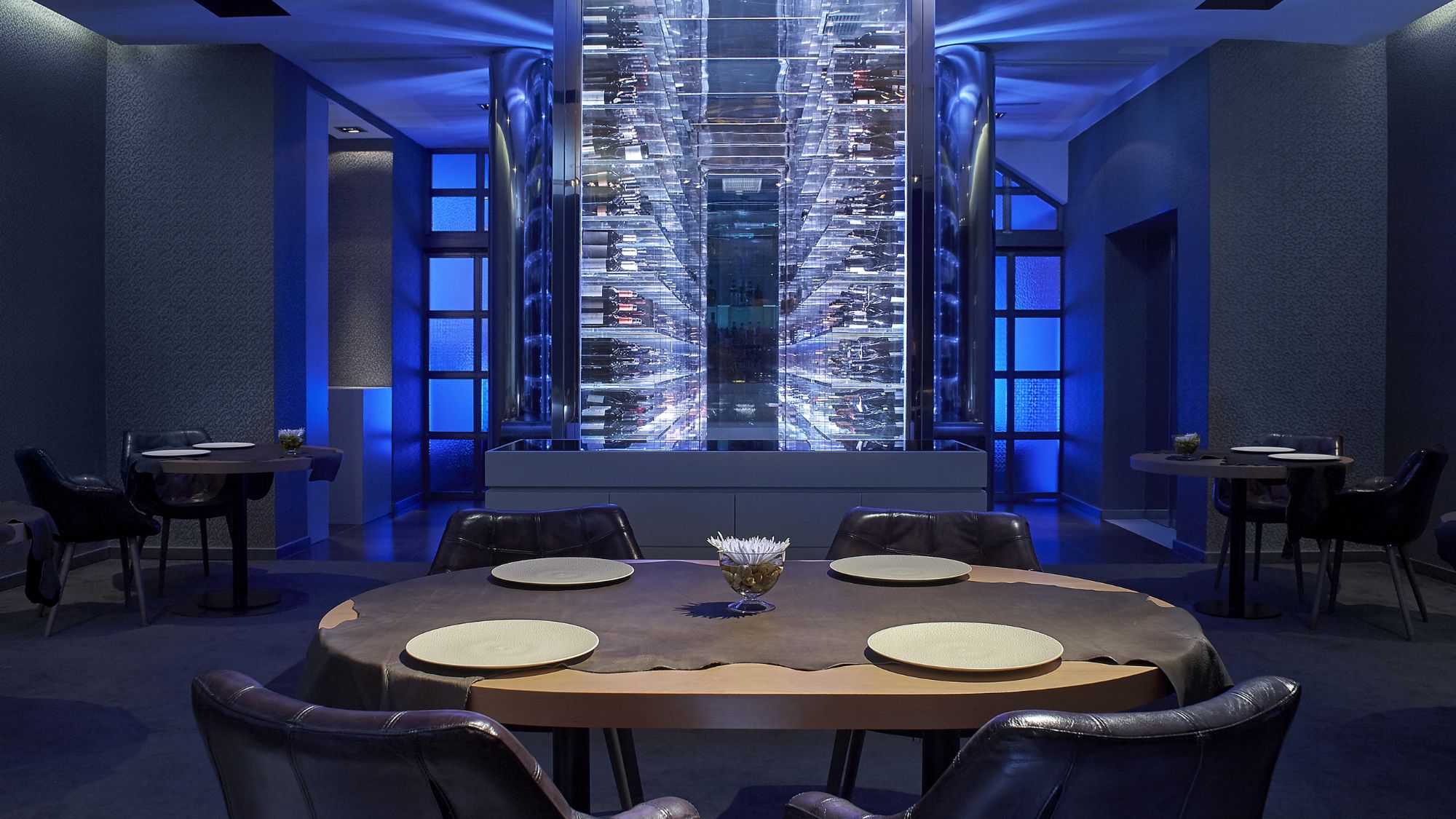
LAB by Sergi Arola
Penha Longa is also home to two of the finest restaurants anywhere in Portugal. Both are Michelin-starred but offer very different experiences.
Midori is a stylish meditation on Portugal's relationship with Japanese cuisine. Floor-to-ceiling windows in the mostly monochrome dining room allow the dramatic views to frame the experience. Led by the brilliant young resident chef, Tiago Santo, from behind a simple open-plan sushi bar, seafood-centric tasting menus stand out not just for their meticulous design but how Santo orchestrates flavour. Tempura stingray or sashimi of local fish, like mackerel or toro, are calm, pensive interludes before a nimono of pear, cod and umeshu and shisho – paired with a top-shelf Sake – detonate over layers of hair-raising intensity. As an experience, it's both slow-burning and exhilarating.
In a separate building, LAB is Sergi Arola's ode to Portuguese cuisine, entrusted to his protégé, Vladimir Veiga, and an immaculate front-of-house team. Veiga personally orientates guests to Portugal's finest ingredients in a separate room, placing imaginative hors d'oeuvres on a tabletop map of the country. Those ingredients are reprised in spectacular style in the intimate dining room in dishes such as carabiner prawn with Tomé vanilla foam, carrot and beet purrée. Even if it's minimally furnished, the view, dish presentation and sommelier Diego Apolinário's centrepiece wine cellar make it a visually absorbing spectacle. A second star feels like an inevitability.
In Cascais, destination dining is at Fortaleza do Guincho but Porto de Santa Maria is the pick of several more traditional seafood restaurants near its famous sand dunes. Like the best restaurants in this genre, everything is simple and honest: wonderfully bright and spacious inside, the produce and ocean view take centre stage, and any fish big enough to feed two can be salt-baked in the proud Portuguese tradition.
In any Cascais or Sintra restaurant, look out for wine made in nearby Colares, rarely found outside of Portugal. A rugged terroir of sand and salty ocean air produces grapes that are uniquely evocative of the coastal elements. Casal Santa Maria offers tasting experiences to put that to the test, with their savoury, mineral-rich sauvignon blanc being a sensible place to start.
In Sintra, Casa Piriquita offers the region's most notable expression of Portuguese sweet pastry. Their signature "Travesseiro de Sintra" – a crisp-shelled pillow filled with a heavenly paste of almonds, sugar and egg yolks – was originally commissioned by the Portuguese monarchy, who lived over the road at the Sintra National Palace. It's wildly popular but don't let that put you off: some things are worth the hype and, in this case, the calories.
-
 Russia’s ‘weird’ campaign to boost its birth rate
Russia’s ‘weird’ campaign to boost its birth rateUnder the Radar Demographic crisis spurs lawmakers to take increasingly desperate measures
-
 Could smaller cars bring down vehicle prices?
Could smaller cars bring down vehicle prices?Today’s Big Question Trump seems to think so, but experts aren’t so sure
-
 2025’s most notable new albums
2025’s most notable new albumsThe Week Recommends These were some of the finest releases of the past year
-
 Pull over for these one-of-a-kind gas stations
Pull over for these one-of-a-kind gas stationsThe Week Recommends Fill ’er up next to highland cows and a giant soda bottle
-
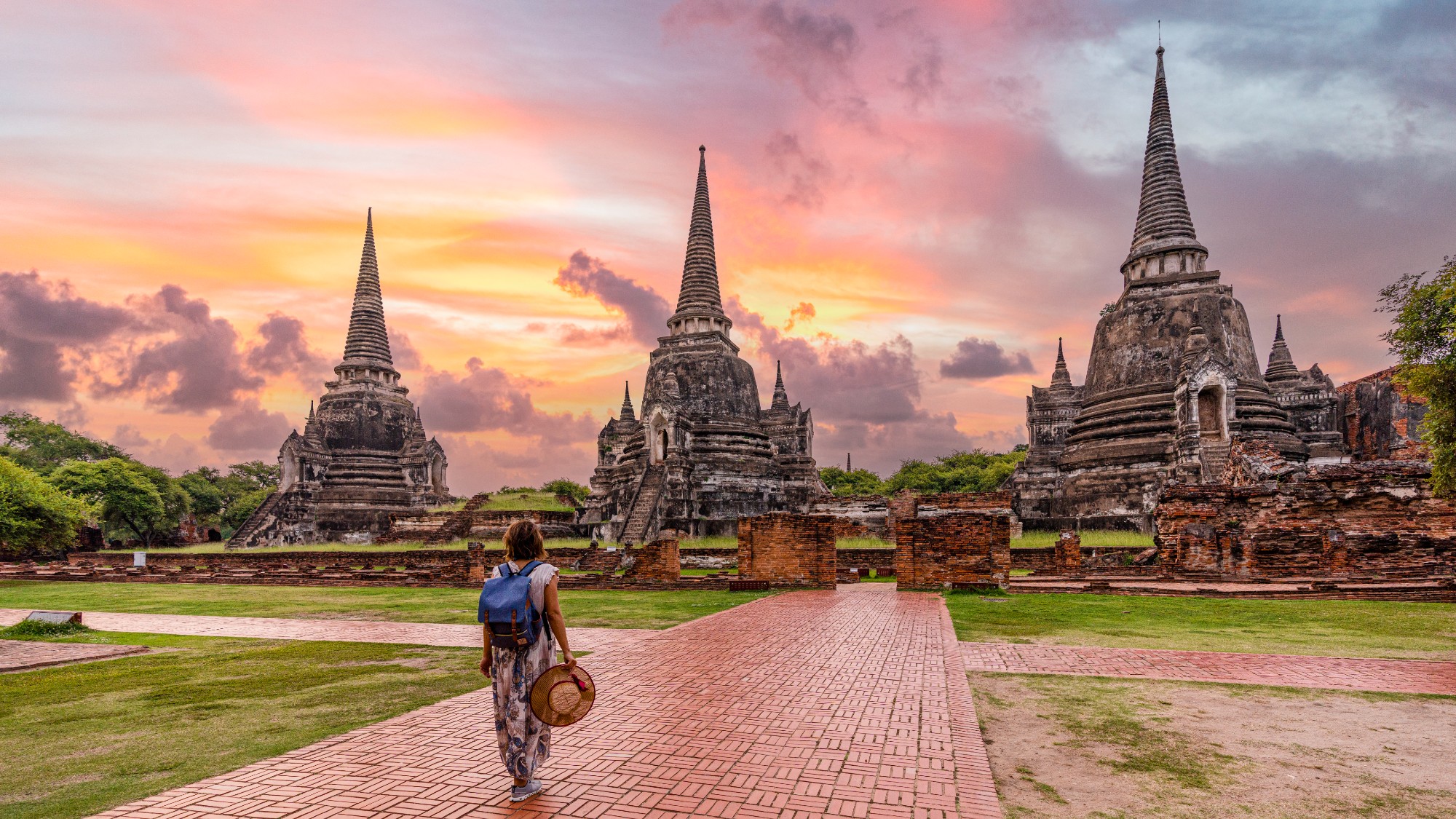 6 optimal digital nomad destinations: Pack your laptop, your visa and a sense of adventure
6 optimal digital nomad destinations: Pack your laptop, your visa and a sense of adventureThe Week Recommends See the world — but do it in a conscientious manner
-
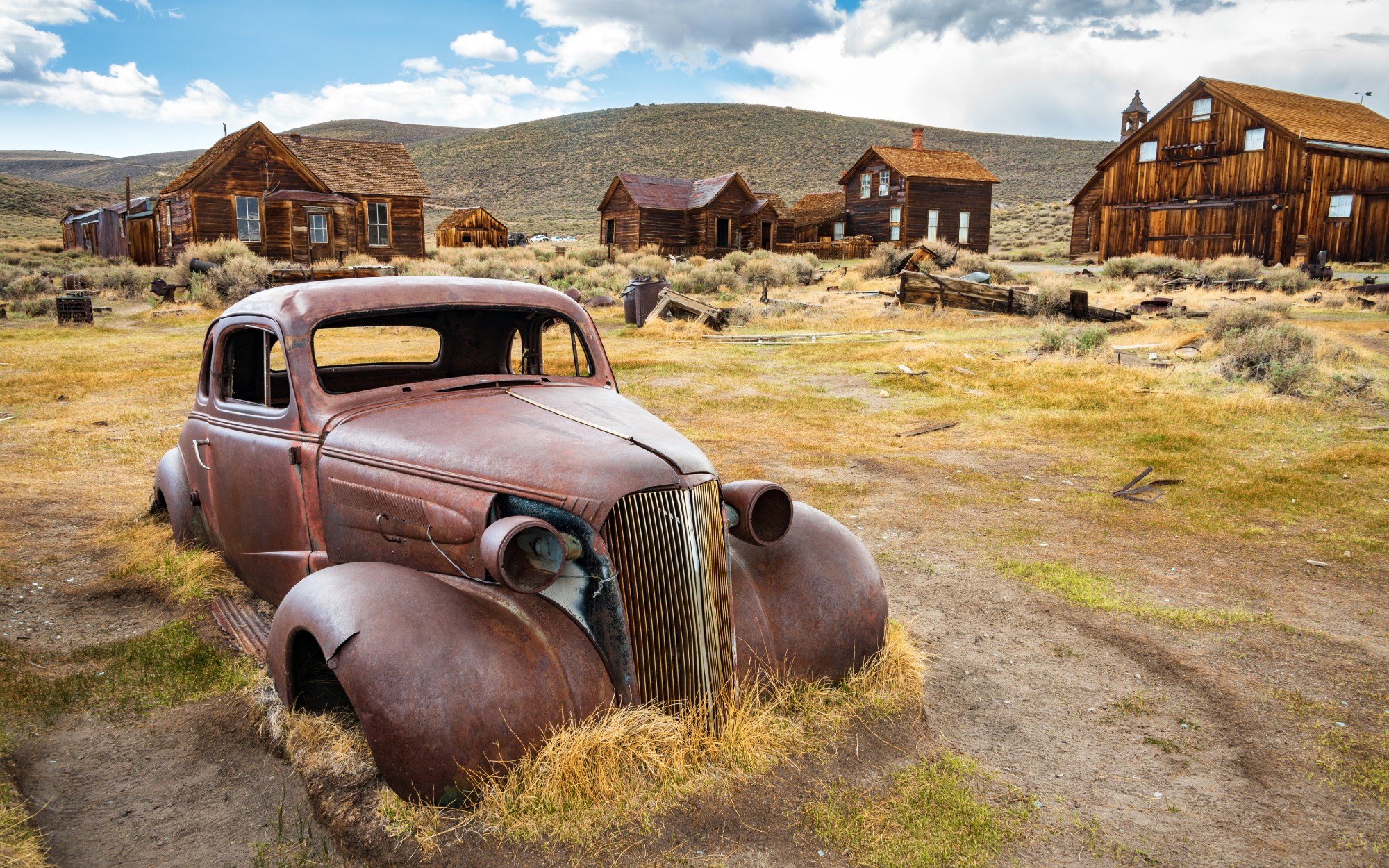 5 ghost towns worth haunting on your next road trip
5 ghost towns worth haunting on your next road tripEnjoy a glimpse of the past
-
 A 34-year-old plane is at the center of the UPS crash
A 34-year-old plane is at the center of the UPS crashIn the Spotlight Many air cargo companies use planes that are this old
-
 DC tourism has taken a hit
DC tourism has taken a hitUnder the Radar The government shutdown has reduced tourist attractions
-
 At least 7 dead in Kentucky UPS cargo plane explosion
At least 7 dead in Kentucky UPS cargo plane explosionSpeed Read Another 11 people were hurt
-
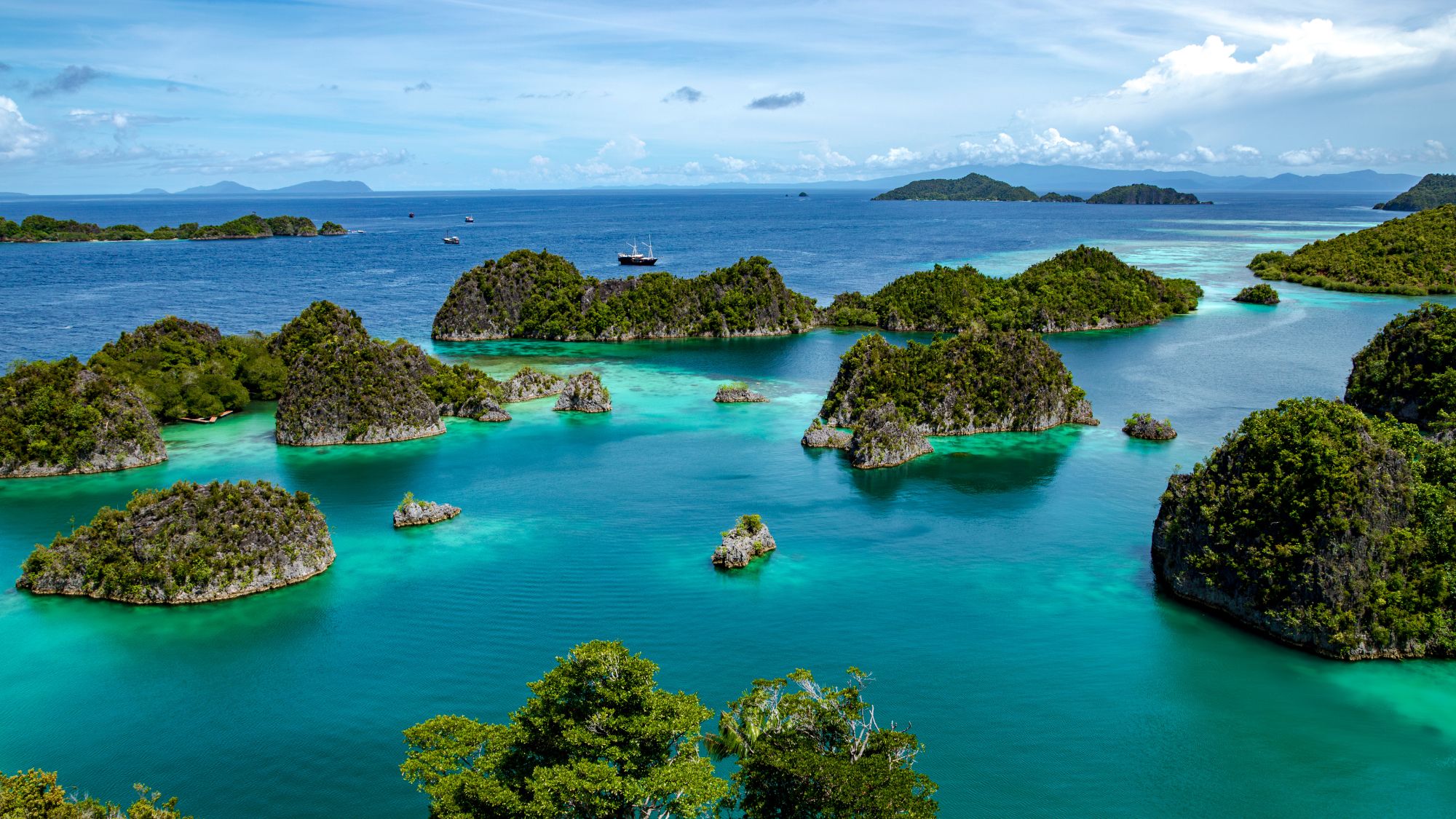 The dazzling coral gardens of Raja Ampat
The dazzling coral gardens of Raja AmpatThe Week Recommends Region of Indonesia is home to perhaps the planet’s most photogenic archipelago
-
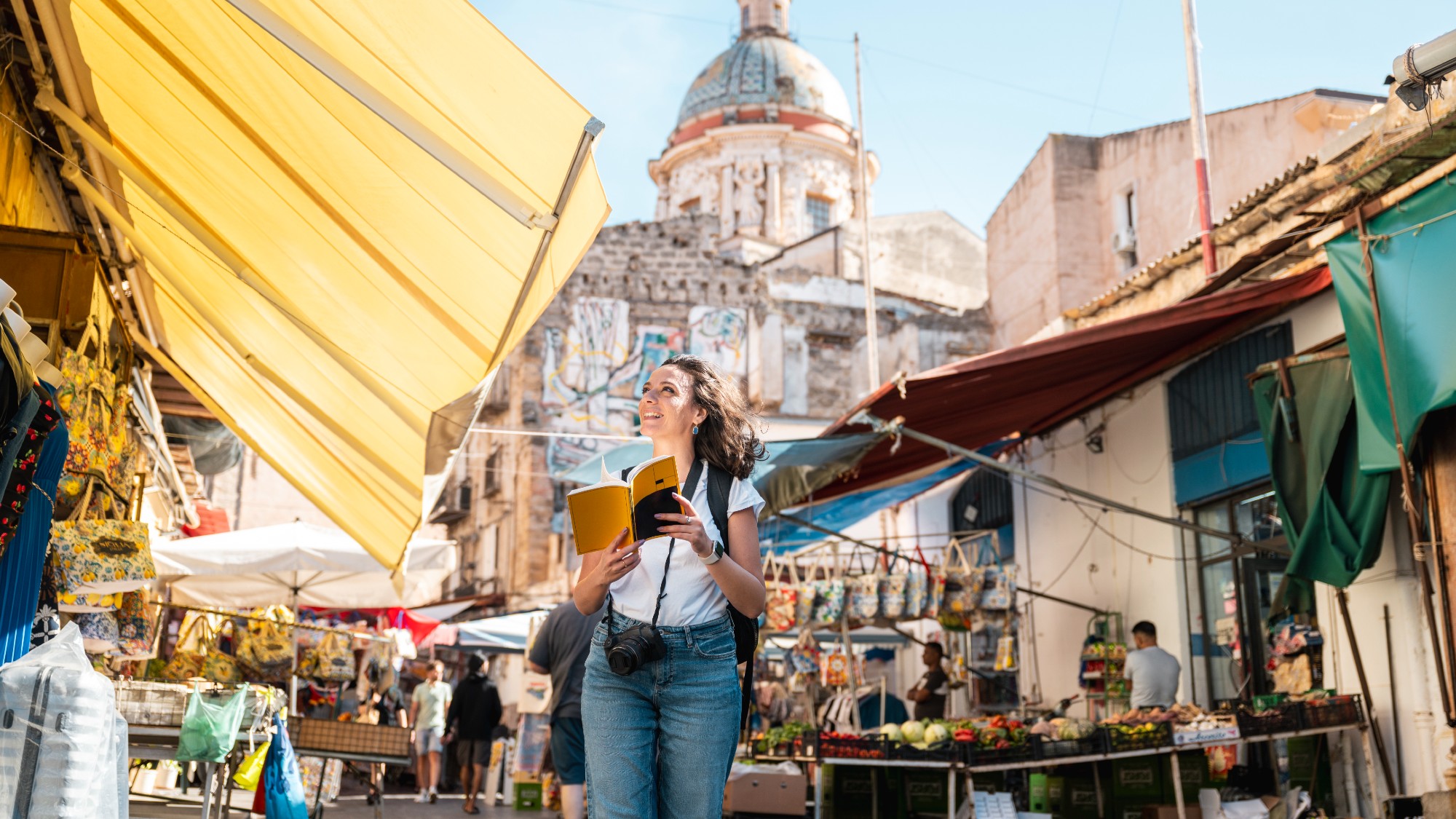 Everything you need to know about last-minute travel
Everything you need to know about last-minute travelThe Week Recommends You can book an awesome trip with a moment’s notice